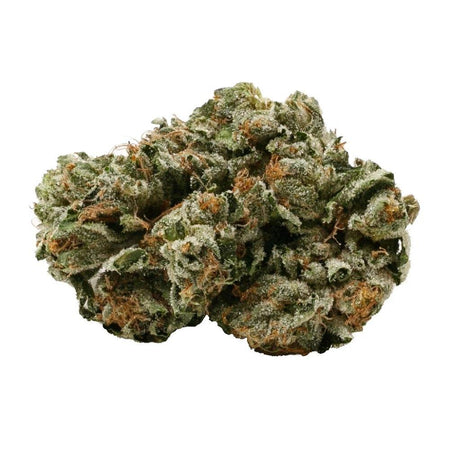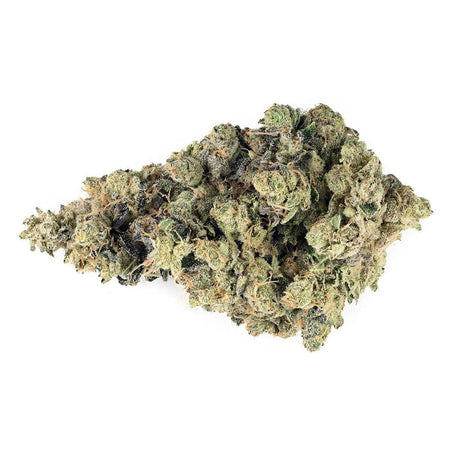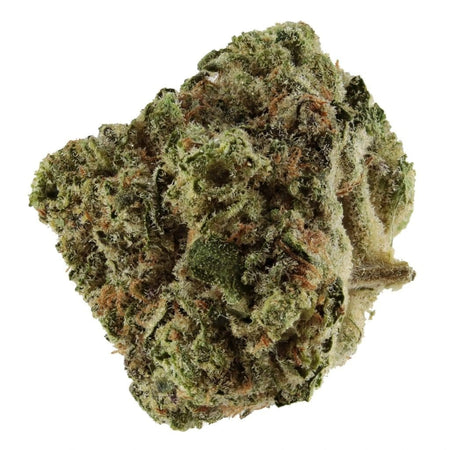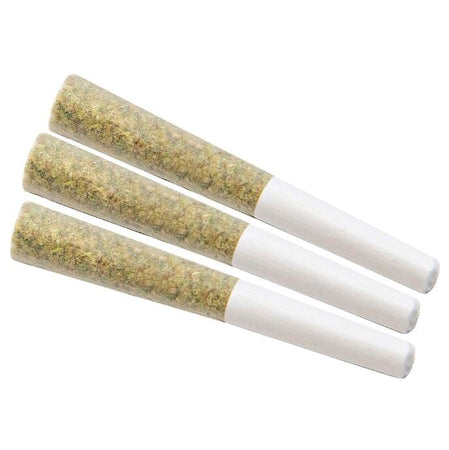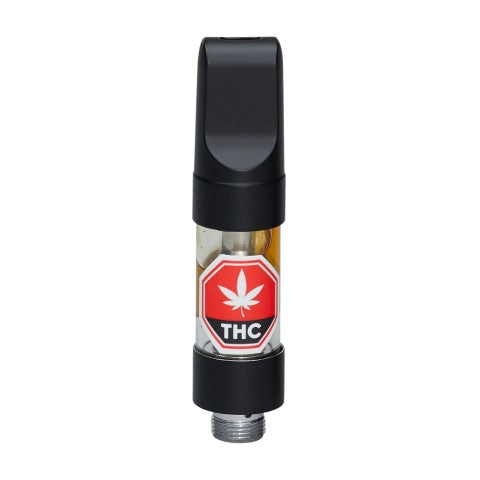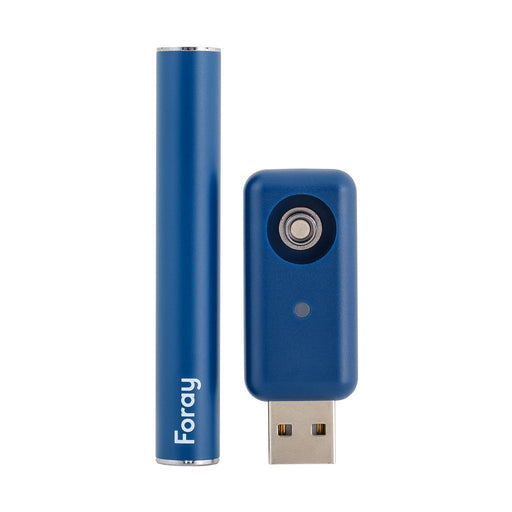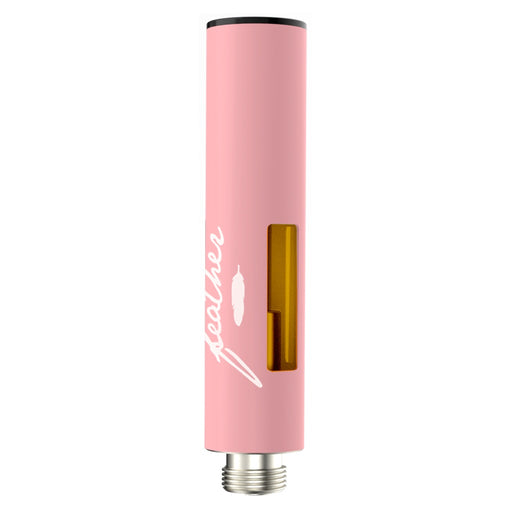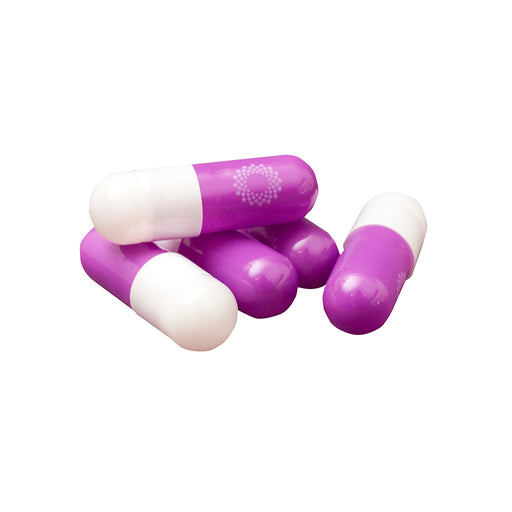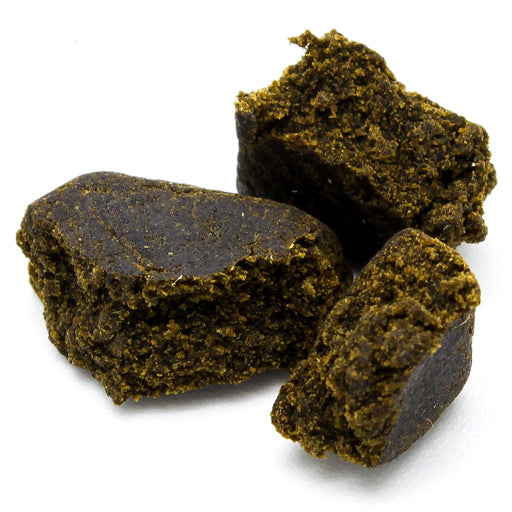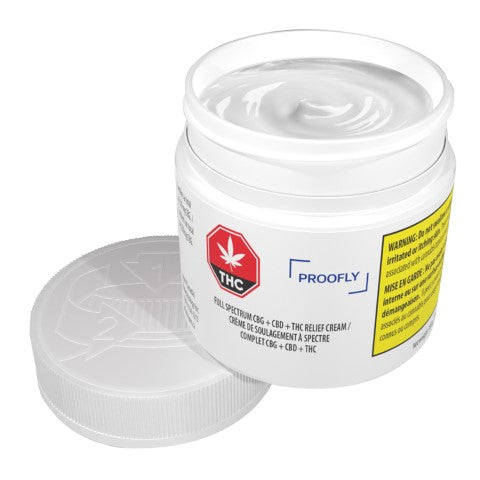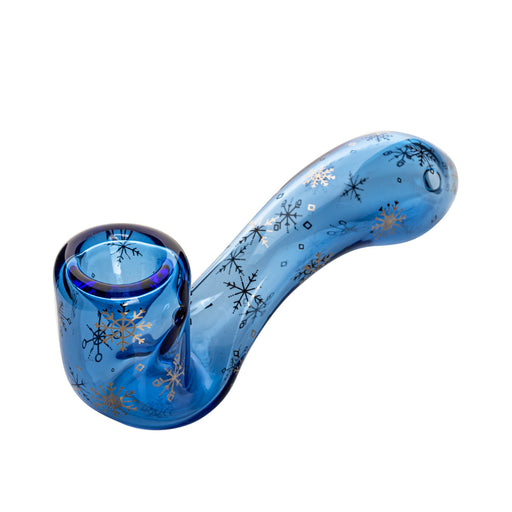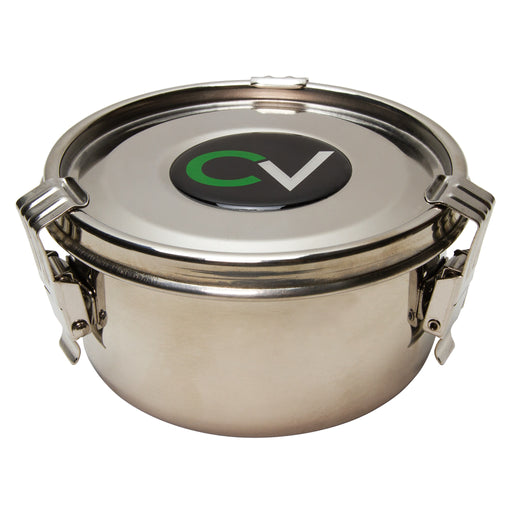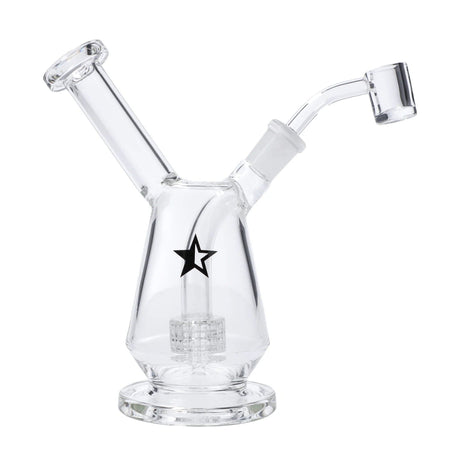Understanding the Basics of Vaping Temperatures
When it comes to vaping weed, temperature is a critical factor that can significantly influence the quality and characteristics of the experience. The science behind this lies in the activation of cannabinoids and terpenes, which are the primary compounds responsible for the effects and flavors of cannabis. Each cannabinoid and terpene has a specific boiling point, meaning they are released and vaporized at different temperatures.
For instance, tetrahydrocannabinol (THC), the main psychoactive compound in cannabis, has a boiling point of approximately 315°F (157°C). At this temperature, THC starts to vaporize, producing its characteristic euphoric effects. On the other hand, cannabidiol (CBD), known for its non-psychoactive properties and potential therapeutic benefits, has a boiling point around 356°F (180°C). Other cannabinoids, such as cannabinol (CBN) and cannabigerol (CBG), also have distinct boiling points, influencing their release and the overall experience.
Moreover, terpenes, the aromatic compounds that give cannabis its unique scents and flavors, also vaporize at specific temperatures. For example, myrcene, a terpene with a musky aroma, vaporizes at about 334°F (168°C), while limonene, which has a citrusy scent, vaporizes at 349°F (176°C). The interplay of these compounds at different temperatures can enhance or alter the flavor profile and effects of the vapor.
Temperature settings in vaping devices typically range from 320°F to 430°F (160°C to 220°C). Lower temperatures (320°F – 355°F) generally preserve more terpenes, resulting in a flavorful and aromatic vapor, while also providing a milder and more clear-headed high. Medium temperatures (355°F – 392°F) offer a balanced experience with both flavor and potency, releasing a broader spectrum of cannabinoids and terpenes. Higher temperatures (above 392°F) can maximize the release of THC, leading to a more intense effect, but may also degrade some terpenes, potentially affecting flavor.
Personal preferences play a significant role in determining the optimal vaping temperature. Some individuals may prioritize flavor and prefer lower temperatures, while others might seek stronger effects and opt for higher settings. The key is to experiment with different temperatures to find the sweet spot that aligns with one’s desired experience.
Determining the best vaping temperature for your individual needs and preferences involves a combination of experimentation and understanding the different effects associated with various temperature ranges. Vaping weed at different temperatures can yield distinct experiences, flavors, and potencies, making it crucial to find the sweet spot that maximizes your satisfaction.
Low Temperature Vaping (315°F – 350°F)
Vaping at lower temperatures, typically between 315°F and 350°F, is ideal for those seeking a mild and flavorful experience. In this range, the vapor produced is light and rich in terpenes, which are responsible for the aromatic and taste profiles of the cannabis. This range is perfect for users looking to enhance creativity and focus, as the effects are often more cerebral and less sedative. Additionally, lower temperatures preserve more delicate cannabinoids, which can offer a nuanced high without overwhelming intensity.
Medium Temperature Vaping (350°F – 400°F)
Medium temperatures, ranging from 350°F to 400°F, strike a balance between flavor and potency. This range is popular among users who want a more pronounced psychoactive effect while still enjoying the flavors of their weed. The vapor is denser and the effects are more balanced, providing a mix of cerebral and physical sensations. This range is suitable for those who seek relaxation and mild pain relief without experiencing the full sedative effects that higher temperatures might induce.
High Temperature Vaping (400°F – 430°F)
Vaping at higher temperatures, from 400°F to 430°F, is suited for users looking for intense effects and potent vapor production. At these temperatures, the vapor is thick and the psychoactive effects are more pronounced, making it ideal for those seeking significant pain relief or deep relaxation. However, the flavor may be less pronounced as the higher heat can degrade some of the terpenes.
To find your ideal vaping temperature, it’s advisable to start at the lower end of the spectrum and gradually increase the temperature in small increments. This method allows you to experience the full range of effects and flavors without risking combustion, which typically occurs above 450°F. Additionally, consider the type of weed you’re vaping; different strains and their cannabinoid profiles can respond differently to various temperatures. Adjusting the temperature based on your desired effects—whether for creativity, relaxation, or pain relief—can further enhance your vaping experience.
Lastly, the specific vaporizer you’re using can significantly impact your experience. High-quality vaporizers often provide more precise temperature control, allowing for fine-tuning to achieve the best results. By understanding and experimenting with these variables, you can optimize your vaping sessions to maximize flavor, potency, and overall satisfaction.
